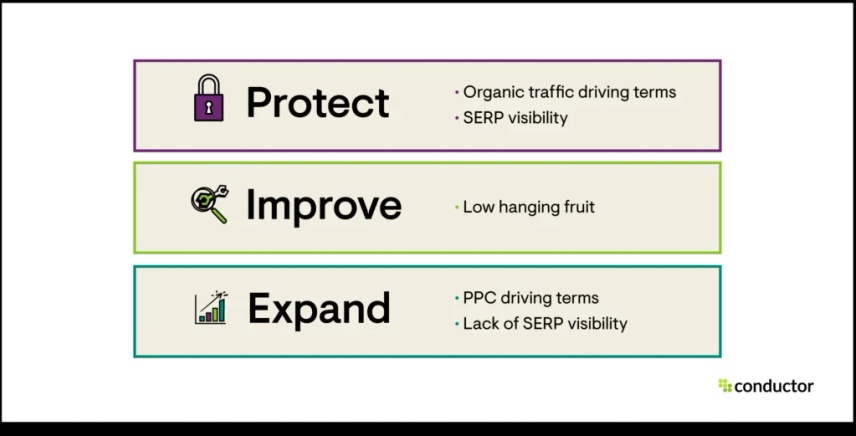Optimizing Your Data Analysis With Second Dimension in Google Analytics for Informed Decision-Making
Google Analytics, an effective device in the hands of digital online marketers and analysts, supplies an attribute recognized as Additional Measurement. By tapping into the capabilities of Secondary Dimension, users can gain a more extensive view of their data, allowing them to make critical choices based on a much more nuanced and in-depth evaluation.
Recognizing Second Measurement Performance
Understanding the secondary dimension capability in Google Analytics boosts the deepness of data analysis by giving added context to main metrics. By including an additional measurement, analysts can section and compare information, getting insights that would or else stay concealed. This function allows customers to check out information through various lenses, such as the source of traffic, customer habits, or geographical location, offering an extra detailed understanding of web site performance.
When looking entirely at main metrics,Utilizing additional measurements can reveal patterns and connections that might not be apparent. For circumstances, matching the key metric of page sights with a second dimension like tool category can discover whether particular devices drive more website traffic to details web pages. This info can after that educate website optimization techniques tailored to various tool users.
Carrying Out Second Measurement in Records
Structure upon the understandings gained through secondary dimension evaluation, including these measurements effectively right into records in Google Analytics is vital for extracting workable data-driven decisions. what is a secondary dimension in google analytics. By carrying out additional measurements in records, customers can dive much deeper right into the efficiency metrics of their web site or application. This function enables a much more detailed analysis by supplying extra context to the key measurement picked
To apply an additional dimension in records, merely navigate to the preferred record in Google Analytics and click the "Second measurement" tab located above the data table. From there, customers can pick from a wide variety of second measurements such as 'Source/Medium', 'Gadget Classification', or 'Landing Web page'. Selecting one of the most pertinent additional dimension will certainly rely on the particular insights you are seeking to discover.
Using secondary measurements in reports not only improves the depth of evaluation but additionally aids in identifying fads, patterns, and connections that may have or else gone unnoticed. This strategic strategy to data analysis allows companies to make enlightened decisions that drive development and success.

Studying Information With Second Measurements
Upon integrating secondary dimensions into data analysis within Google Analytics, a comprehensive assessment of vital efficiency indicators can be achieved, providing important insights for tactical decision-making. By utilizing secondary measurements, experts can better study their main data dimensions, such as traffic sources or user demographics, to reveal patterns or fads that may not be right away evident. This deeper level of evaluation enables a much more extensive understanding of user actions and communications on a web site or digital platform.
Assessing information with additional dimensions makes it possible for marketers and internet site proprietors to answer even more certain concerns about their target market, material performance, and advertising and marketing efforts. As an example, by combining the key dimension of traffic resources with a secondary dimension like geographical place, companies can identify which areas drive one of the most useful website traffic to their website. This sort of granular understanding can notify marketing methods, content production, and website optimization efforts to much better satisfy the requirements and choices of their target audience.
Leveraging Secondary Measurements for Insights
By integrating second dimensions properly, analysts can extract much deeper understandings from information embed in Google Analytics, enhancing the understanding of customer actions and efficiency metrics. Leveraging secondary dimensions entails integrating various qualities or metrics with primary information to uncover patterns and patterns that might not appear in the beginning glimpse. By adding an additional measurement such as 'Tool Group' to a report on website web traffic, experts can discern whether customer habits varies across various gadgets like desktop computers, mobile phones, or tablets.
Furthermore, making use of second dimensions allows analysts to segment data a lot more granularly, allowing them to recognize particular target market sectors or geographical places that display distinctive behaviors. what is a secondary dimension in google analytics. This division can read this post here be crucial in tailoring advertising and marketing techniques, enhancing site web content, or boosting individual experience based upon the unique features of each segment
Fundamentally, leveraging second dimensions in Google Analytics equips experts to dig deeper right into information, derive purposeful understandings, and make educated choices that drive business development and success.
Enhancing Decision-Making With Additional Dimensions
Using secondary dimensions in data analysis provides a critical benefit by discovering actionable understandings that drive educated decision-making in Google Analytics. By improving decision-making with secondary measurements, customers can dig much deeper into their information to extract useful details that might not be immediately obvious. These added dimensions supply a more comprehensive view of user habits, interactions, and end results, making it possible for experts to make even more enlightened decisions based upon concrete information.
Through the application of additional measurements, analysts can section and filter data to recognize patterns, fads, and correlations that might influence decision-making processes. This boosted degree of granularity permits an extra targeted approach to evaluating information, leading to more insightful and exact conclusions.
Additionally, additional dimensions give the possibility a fantastic read to contrast various information points side by side, assisting in a more extensive evaluation of performance metrics and KPIs. By leveraging secondary measurements properly, companies can enhance their methods, boost customer experiences, and inevitably achieve their objectives with confidence.
Verdict

Structure upon the insights obtained with additional measurement analysis, incorporating these dimensions effectively into reports in Google Analytics is crucial for drawing out actionable data-driven decisions.To apply a second dimension in records, merely navigate to the wanted record in Google Analytics and click on the "Additional dimension" tab situated above the information table. By utilizing second dimensions, experts can additionally dissect their primary information dimensions, such as traffic resources or individual demographics, to uncover patterns or trends that might not be promptly obvious. By integrating the primary measurement of traffic resources with a second measurement like geographical area, businesses can recognize which areas drive the most beneficial i thought about this web traffic to their website.By integrating secondary measurements efficiently, experts can remove much deeper understandings from data collections in Google Analytics, improving the understanding of customer behavior and efficiency metrics.